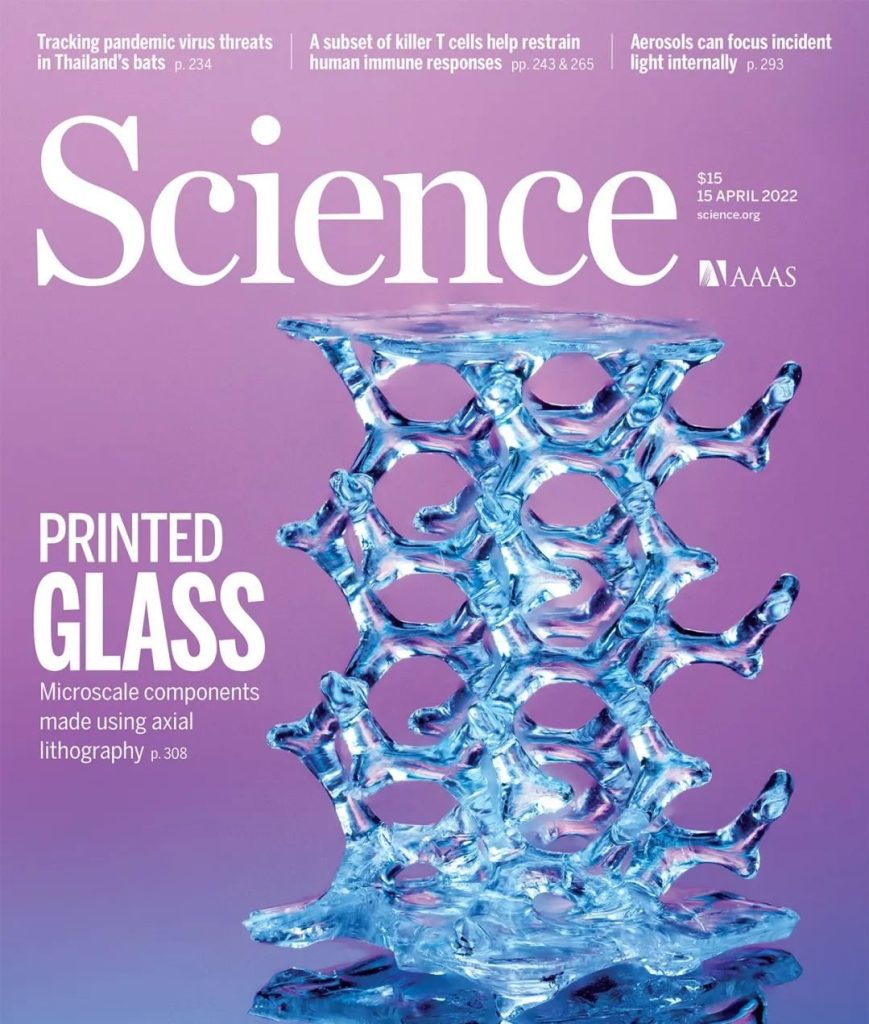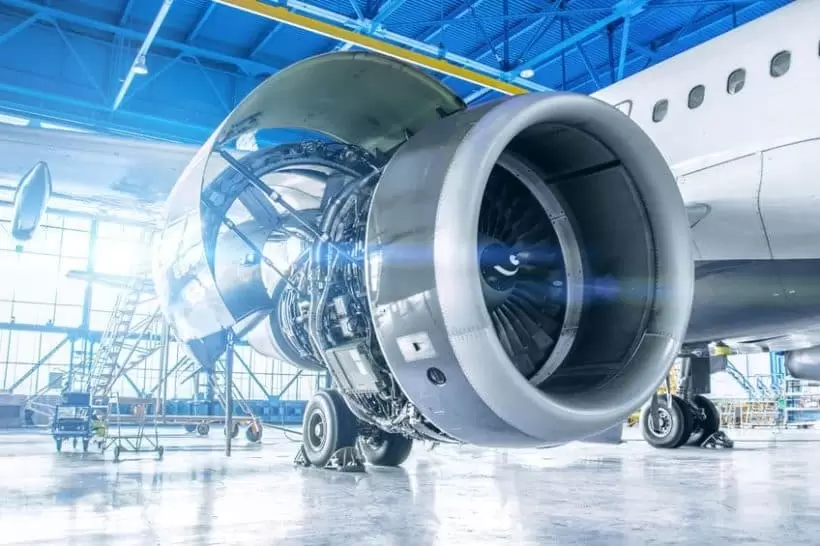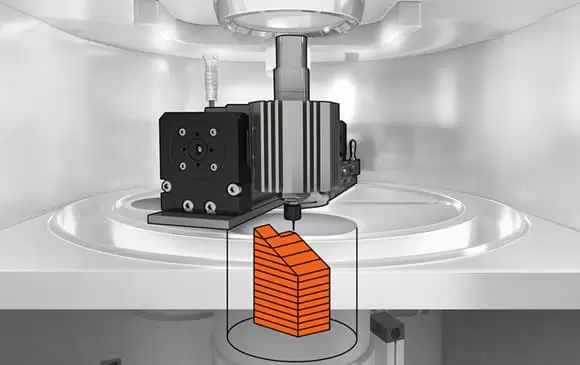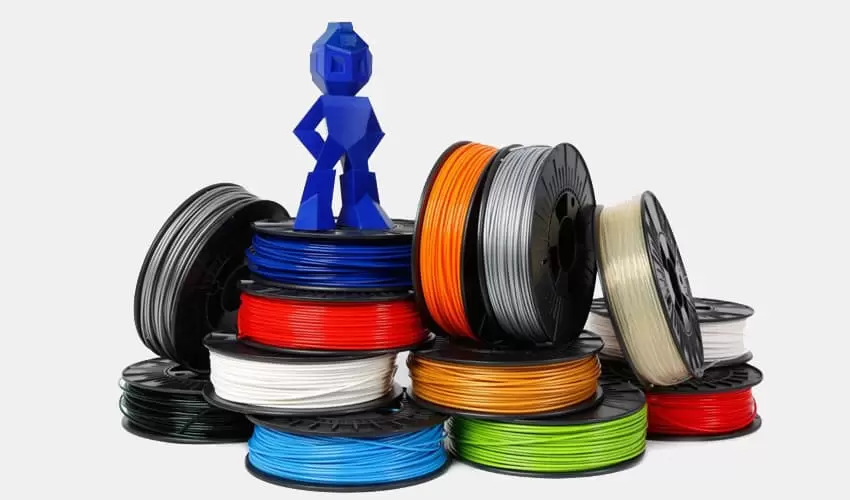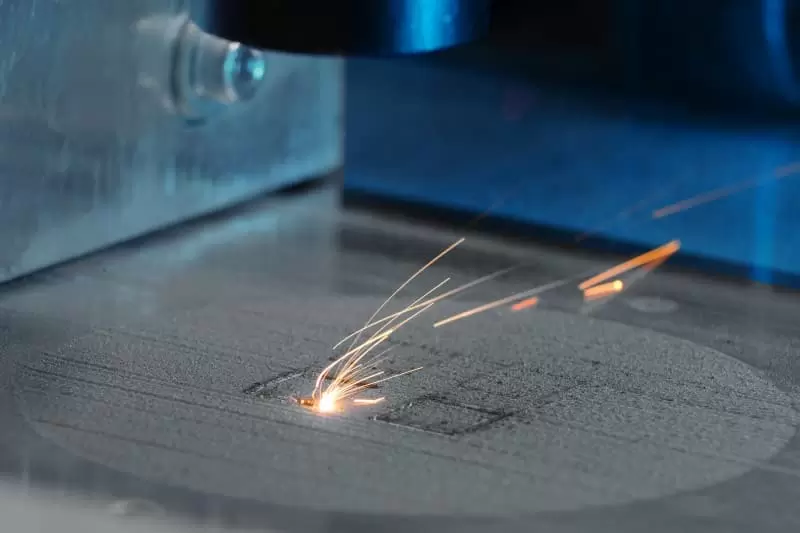we delve into the cutting-edge world of 3D printing metal materials using extrusion processes. Specifically, we explore the widely used FDM (Fused Deposition Modeling) and FFF (Fused Filament Fabrication) techniques. Discover how these innovative methods are transforming industries by offering unparalleled precision, customization, and cost-effectiveness in metal fabrication. From understanding the underlying principles to mastering the software and hardware requirements, this guide equips you with the knowledge to harness the full potential of 3D printing in metal manufacturing.
I. Introduction
A. Overview of 3D Printing in Metal Manufacturing
The evolution of 3D printing has ushered in groundbreaking innovations, particularly in the realm of metal manufacturing. This article explores the intersection of 3D printing and metal fabrication, delving into the transformative technologies that have emerged, with a focus on metal material extrusion processes.
B. Importance of Metal Extrusion Processes
Metal extrusion processes play a pivotal role in the 3D printing landscape, offering unprecedented precision and versatility in creating complex metal components. This section will highlight the significance of these processes in reshaping traditional manufacturing methods and unlocking new possibilities in various industries.
C. Objectives of the Guide
As we embark on this exploration, our guide aims to provide a comprehensive understanding of metal extrusion in 3D printing. From fundamental concepts to advanced applications, we strive to equip readers with the knowledge needed to navigate the dynamic world of metal 3D printing.
II. Fundamentals of Metal Extrusion Processes
Metal extrusion processes represent a transformative force in the landscape of manufacturing, seamlessly merging traditional methodologies with the cutting-edge technologies of 3D printing. In this section, we embark on a journey through the fundamentals of metal extrusion, unraveling the basic concepts, exploring historical development, and delving into the advantages and challenges that define this innovative realm.
A. Basic Concepts and Terminology
At the heart of understanding metal extrusion lies a lexicon of fundamental concepts and terminology. To truly grasp the intricacies of the process, let's delve into the foundational elements that constitute the backbone of metal extrusion.
i. Extrusion:
Extrusion, in the context of metal manufacturing, refers to the process of shaping or forming metal by forcing it through a die. This method enables the creation of complex cross-sectional profiles and intricate shapes with remarkable precision.
ii. Die:
The die is a crucial component in the extrusion process, acting as a mold through which the metal material is forced to take on a specific shape. Dies come in various forms, allowing for the production of diverse profiles and geometries.
iii. Billet:
The starting material for extrusion, typically in the form of a cylindrical or rectangular block, is known as a billet. This raw material undergoes deformation and flow during the extrusion process to yield the desired end product.
iv. Ram:
The ram, or the extrusion press, serves as the driving force behind the movement of the billet through the die. This hydraulic or mechanical system imparts the necessary pressure to shape the metal material.
v. Extrudate:
The resulting product of the extrusion process is termed the extrudate. This could be a continuous length of a profile or a specific component, depending on the die design and the intended application. Understanding these basic concepts sets the stage for a more profound comprehension of metal extrusion processes and their applications in 3D printing.
B. Historical Development and Evolution
To appreciate the present, it's essential to trace the historical development and evolution of metal extrusion processes. This journey unfolds a narrative that transitions from age-old techniques to the contemporary landscape of 3D printing technologies.
i. Traditional Methods:
The roots of metal extrusion can be traced back to ancient civilizations, where blacksmiths utilized basic extrusion techniques to form simple metal shapes. Over time, these methods evolved, and extrusion became a staple in various industries, including the production of pipes, rods, and profiles.
ii. Industrial Revolution:
The Industrial Revolution marked a pivotal point in the evolution of metal extrusion. Mechanical presses were introduced, significantly enhancing the scale and efficiency of the process. This era laid the groundwork for the mass production of standardized metal components.
iii. Advent of 3D Printing:
The integration of 3D printing technologies into metal extrusion processes represents a paradigm shift. With the advent of Fused Deposition Modeling (FDM) and Fused Filament Fabrication (FFF) in metal 3D printing, the possibilities for intricate and customized metal components expanded exponentially.
This historical context not only highlights the technological advancements but also showcases the resilience of metal extrusion as it adapts to the demands of each era.
C. Advantages and Challenges
Examining the advantages and challenges inherent in metal extrusion processes is crucial for informed decision-making. This section will explore the benefits, such as enhanced design flexibility, as well as challenges like material limitations and post-processing complexities.
i. Advantages:
- Enhanced Design Flexibility:
Metal extrusion processes empower designers with unparalleled flexibility. The ability to create complex geometries and intricate shapes opens doors to unprecedented design possibilities, allowing for the production of components that were once deemed challenging or impossible.
- Precision and Consistency:
The controlled nature of extrusion ensures precision in the shaping of metal components. This leads to consistent quality across production batches, a critical factor in industries where accuracy is paramount.
- Material Efficiency:
Extrusion minimizes material waste, as the process allows for the creation of intricate shapes without excessive material removal. This efficiency contributes to cost-effectiveness and aligns with sustainable manufacturing practices.
ii. Challenges:
- Material Limitations:
While metal extrusion processes offer versatility, certain materials may pose challenges. High-temperature alloys or materials with unique properties can be more difficult to extrude, requiring specialized equipment and expertise.
- Post-Processing Complexities:
The extrusion process itself may result in surface imperfections, and post-processing becomes crucial to achieving the desired finish. Addressing these complexities requires careful consideration and additional steps in the manufacturing workflow.
- Tooling Costs:
The creation of dies for extrusion can incur significant tooling costs. Design changes or adapting to new profiles may necessitate the production of new dies, impacting the overall cost-effectiveness of the process.
In navigating these advantages and challenges, manufacturers and designers can make informed decisions, optimizing the use of metal extrusion processes in their specific applications.
In conclusion, this exploration into the fundamentals of metal extrusion processes has laid the groundwork for a comprehensive understanding of this transformative manufacturing method. From the basic concepts and terminology to the historical evolution and the nuanced advantages and challenges, we have embarked on a journey that sets the stage for further exploration into the dynamic world of 3D printing in metal manufacturing.
III. FDM (Fused Deposition Modeling) in Metal 3D Printing
A. Principles and Mechanics of FDM
FDM, a stalwart in the 3D printing realm, has extended its capabilities into the domain of metal. Unpacking the principles and mechanics of metal FDM illuminates the methodology behind layer-by-layer construction in metal additive manufacturing.
B. Metal FDM Printers and Hardware
The hardware aspect is a cornerstone of any 3D printing process. This segment will provide an in-depth exploration of metal FDM printers and the specialized hardware required for seamless metal extrusion.
C. Software and Design Considerations
Navigating the software landscape is crucial in optimizing metal FDM processes. This section will delve into the software intricacies, addressing design considerations and the role of software in achieving precision in metal 3D printing.
D. Applications and Case Studies
Illustrating the real-world applications of metal FDM, this section will showcase case studies that demonstrate the versatility and adaptability of this technology across diverse industries.
IV. FFF (Fused Filament Fabrication) in Metal 3D Printing
A. Principles and Mechanics of FFF
In parallel with FDM, FFF has found its niche in metal 3D printing. This segment will elucidate the principles and mechanics of FFF, highlighting its unique approach to metal extrusion.
B. Metal FFF Printers and Hardware
Exploring the hardware landscape specific to metal FFF, this section will delve into the intricacies of printers and hardware configurations optimized for Fused Filament Fabrication in metal additive manufacturing.
C. Software and Design Considerations
Similar to FDM, software and design considerations are pivotal in the success of metal FFF. This part of the guide will unravel the role of software in achieving precision and reliability in metal FFF processes.
D. Applications and Case Studies
Building on the foundation laid by FDM, this section will showcase the applications and case studies that exemplify the efficacy of FFF in metal 3D printing, emphasizing its unique strengths and applications.
V. Comparative Analysis: FDM vs. FFF in Metal 3D Printing
A. Performance and Quality Aspects
Comparing the performance and quality aspects of FDM and FFF in metal 3D printing will provide readers with valuable insights into the strengths and limitations of each technique.
B. Cost-Efficiency and Scalability
Beyond performance, the economic considerations of cost-efficiency and scalability will be scrutinized, aiding decision-makers in choosing the most suitable approach for their specific requirements.
C. Suitable Applications for Each Technique
This section will conclude the comparative analysis by delineating the ideal applications for FDM and FFF in the realm of metal 3D printing, guiding readers in making informed choices based on their unique project needs.
VI. Future Prospects and Innovations in Metal Extrusion Processes
A. Emerging Technologies and Research
Anticipating the future, this section will explore the latest research and emerging technologies in metal extrusion processes. From novel materials to advanced techniques, readers will gain a glimpse into the future landscape of 3D printing in metal manufacturing.
B. Potential Impact on Industries
Examining the potential impact of these innovations on various industries, this segment will elucidate how evolving metal extrusion processes can revolutionize manufacturing, aerospace, healthcare, and beyond.
C. Ethical and Environmental Considerations
As technological advancements unfold, it's imperative to address ethical and environmental considerations. This section will delve into the responsible use of 3D printing in metal manufacturing, emphasizing sustainability and ethical practices.
VII. Practical Tips for Successful Metal Extrusion in 3D Printing
A. Preparing Design Files for Metal Printing
Practicality is key, and this section will offer actionable tips on preparing design files specifically tailored for metal 3D printing, ensuring optimal outcomes in the extrusion process.
B. Optimizing Print Settings and Post-Processing
Fine-tuning the printing process is an art. Readers will benefit from practical insights on optimizing print settings and navigating post-processing challenges to achieve impeccable results in metal extrusion.
C. Troubleshooting Common Issues and Errors
Even the most advanced technologies encounter challenges. This section will provide a troubleshooting guide, addressing common issues and errors encountered in metal extrusion processes, empowering readers to overcome hurdles with confidence.
VIII. Conclusion
A. Recap of Key Findings and Takeaways
Summarizing the key findings and takeaways from each section, this part of the guide will serve as a comprehensive review, reinforcing the essential knowledge gained throughout the exploration of metal extrusion in 3D printing.
B. Encouragement for Continued Learning and Innovation in Metal Extrusion Processes through 3D Printing
In conclusion, the guide will extend encouragement for continuous learning and innovation. Embracing the dynamic landscape of 3D printing in metal manufacturing opens doors to endless possibilities, and the journey of discovery is an ongoing and exciting endeavor.
